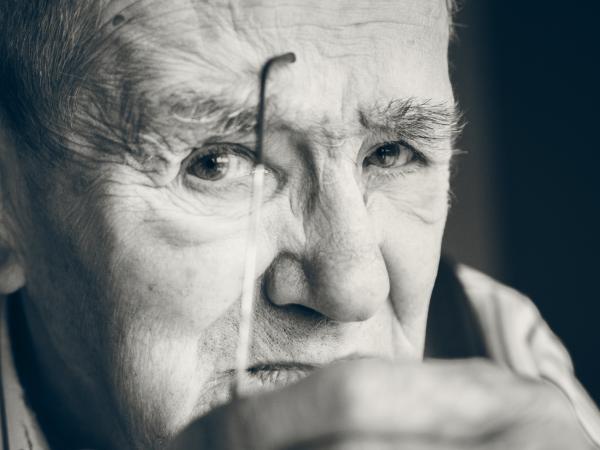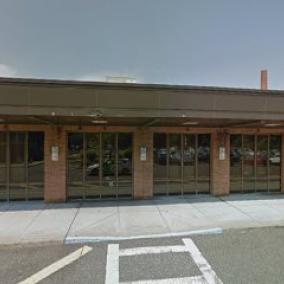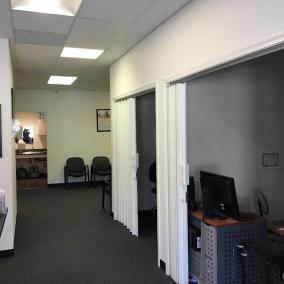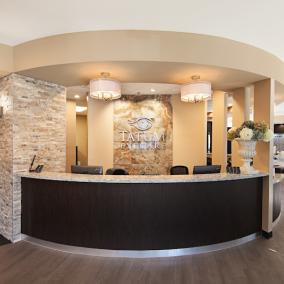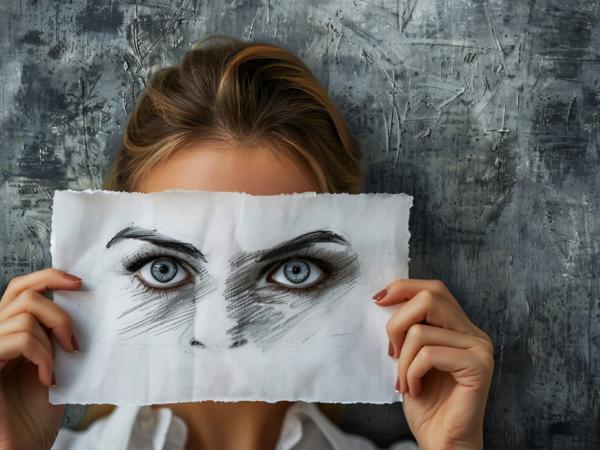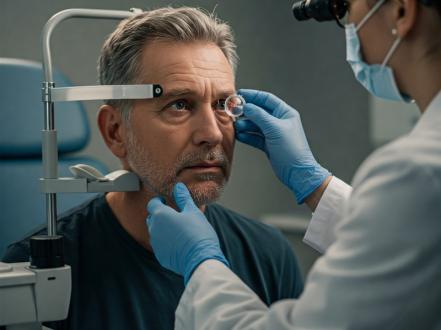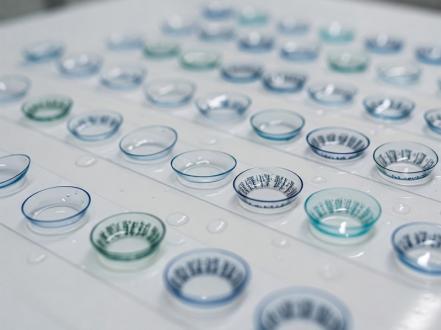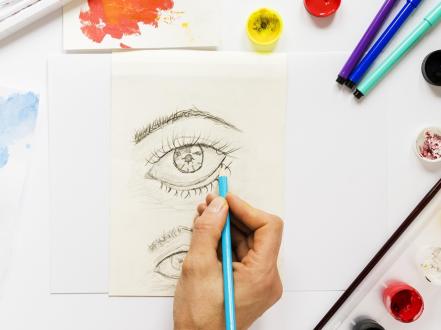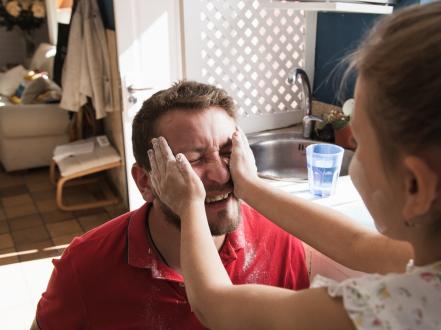Stye, scientifically known as hordeolum, is a common eye condition that affects millions worldwide. Manifesting as a small, painful lump that develops either on or inside the eyelid, a stye often resembles a pimple or a boil. Despite its unwelcome appearance and unpleasant sensation, this condition is usually harmless and often clears up on its own within a week or two.
Stye occurs when a the oil gland at the edge of the eyelid becomes infected with bacteria, typically Staphylococcus bacteria - the same bacteria that causes most staph infections. The oil gland becomes inflamed which subsequently leads to the development of the characteristic swollen red bump. While anyone can get a stye, certain factors enhance the susceptibility such as having diabetes, poor nutrition, poor hygiene, or certain skin conditions.
Apart from presenting as a red lump, a stye typically comes with other symptoms. The affected eye may experience soreness and tenderness to touch, and in some cases, the lump can cause a gritty, scratchy sensation especially when blinking. There can also be increased tear production, sensitivity to light, and a feeling of having something stuck in the eye. In more severe cases, the entire eyelid may swell, causing some degree of visual disturbance.
The process of diagnosing a stye is usually straightforward. Ophthalmologists can often just look at the eyelid to spot the lump and confirm it. Occasionally they may use a special lamp, known as a slit lamp, to examine the eye more thoroughly and rule out any other conditions.
In terms of treatment, you'll be relieved to know that most styes will go away on their own accord within a week or two without any professional medical treatment. In the meantime, there are a variety of home remedies available to alleviate the discomfort and speed up the healing process. Applying a warm compress on the affected eye for ten to fifteen minutes, around three to four times a day can encourage the stye to release the pus and heal quicker. You'll want to avoid bursting the stye yourself, tempting as it might be, because this can lead to further infection.
Over-the-counter treatments are also available, including non-prescription ointments, eye drops, or non-steroidal anti-inflammatory drugs to relieve pain. However, these should all be used under the advice of a pharmacist or doctor.
For persisting or recurrent styes, medical intervention may be necessary. Your doctor could prescribe antibiotic ointments or drops to fight the infection. In severe instances, where the stye does not respond to other treatments, a minor surgical procedure may be required. With local anesthesia applied to numb the area around the eye, a doctor can create a small incision and drain the pus to enable healing.
The occurrence of styes can't be entirely prevented, but good hygiene practices, such as regular handwashing and avoiding touching your eyes, can minimize the risk. Discontinuing the use of old or infected makeup products can also reduce susceptibility.
While a stye is typically a minor condition and not usually a cause for concern, it can cause discomfort and self-consciousness. Learning to recognize its signs and understand its causes can enable early detection, treatment, and prevent unnecessary discomfort. Luckily, most styes are harmless and resolve without needing extensive treatments, restoring your eyelid's health and your peace of mind.
